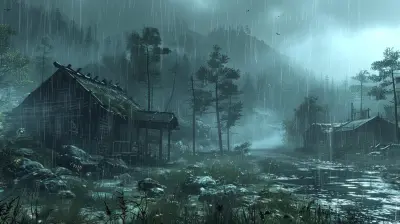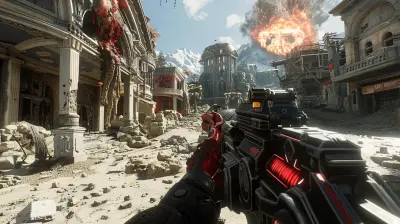The Psychology Behind Crafting Systems in Games
6 November 2025
Ever sat there in the middle of a boss fight and thought, “Dang, if only I had a better sword I crafted myself!”? Yeah, me too. Crafting in games isn't just about mashing materials together to make stuff. It's about control, achievement, and—dare I say it—emotional attachment. Seriously, there’s a lot more going on in our brains when we’re building that +5 Flaming Chicken Sword than most of us realize.
So why are crafting systems such a hit in video games? Whether you're playing survival epics like Minecraft, sprawling RPGs like The Witcher 3, or cozy farming sims like Stardew Valley, crafting somehow hooks us. And oh boy, the psychology behind it? Pretty fascinating stuff. So grab your digital hammer and some virtual wood—we're diving deep.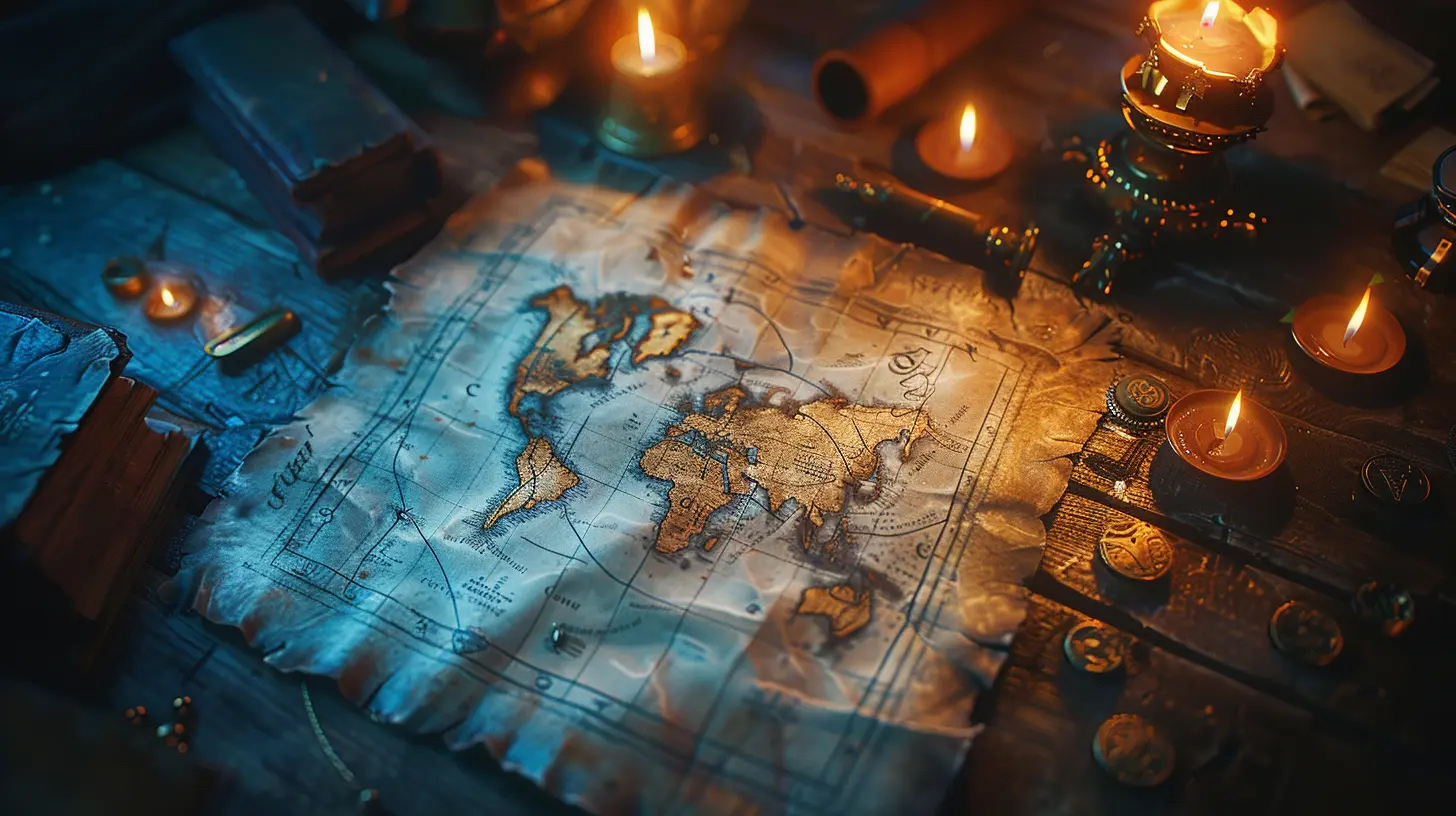
What Are Crafting Systems, Anyway?
Let’s start with the basics.Crafting systems in games allow players to combine resources or materials to create new items—gear, weapons, armor, potions, tools, and a ton more. Sometimes it's straightforward (combine wood + stone = pickaxe), and sometimes it's a complicated recipe that makes IKEA furniture look simple.
These systems can be functional, aesthetic, or both. Think of it like digital DIY. You're not just getting stuff done; you’re making something, and that feels pretty darn good.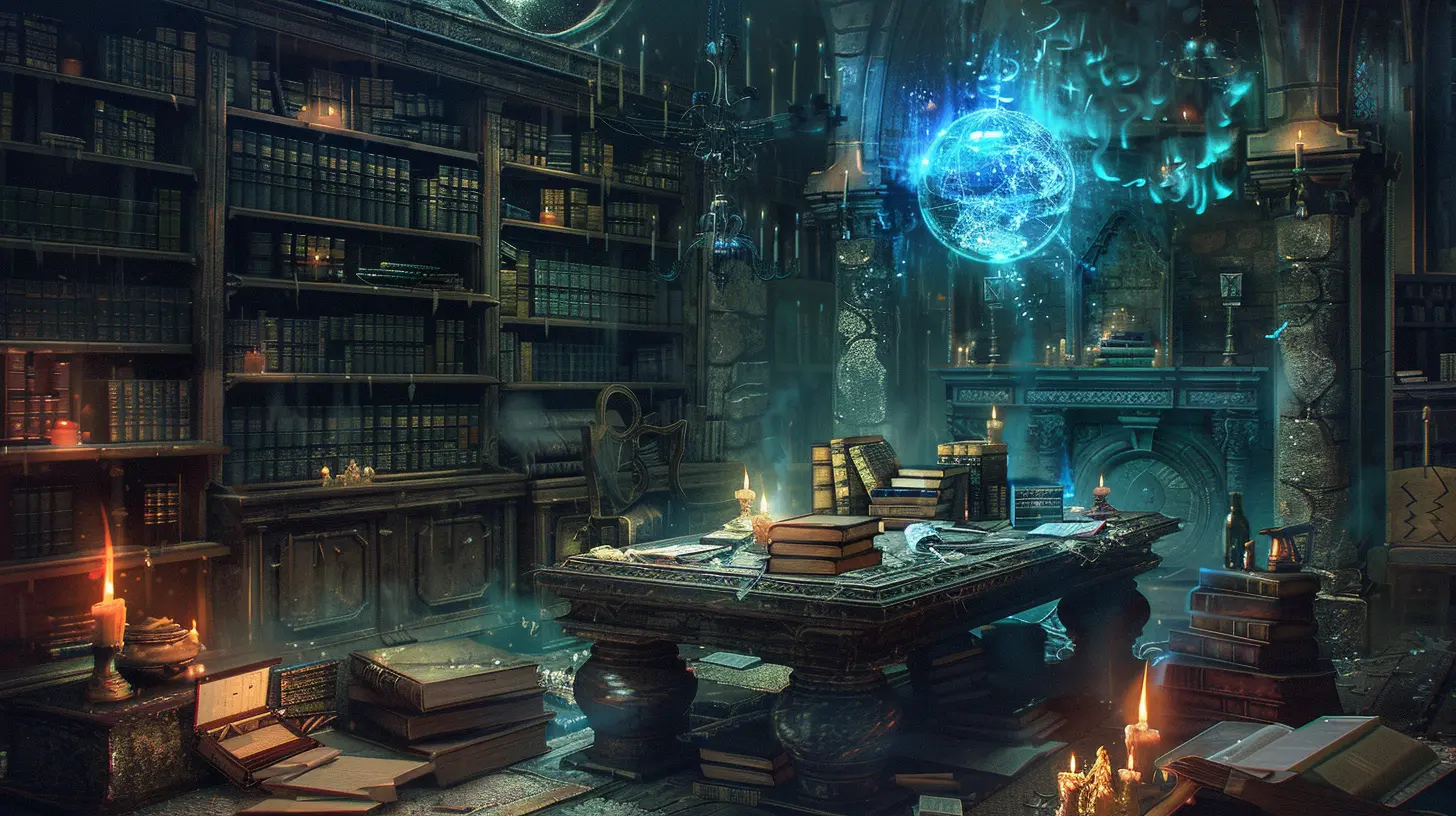
Why Do We Love Crafting So Much?
You might think, "Well, I like crafting because it helps me win." Sure, that's part of it. But let's talk brain science for a sec. There are a few psychological concepts at play that make crafting addictive, and we’re gonna break them down.1. The Need for Autonomy — It's All About Control
When you craft something in a game, you're calling the shots. No preset path. No dictated storyline. You're in charge.That sense of control feeds into the psychological need for autonomy—basically, the feeling that you're the master of your own fate. Especially in open-world games, crafting lets you decide how to approach problems. Want to sneak around enemies with a silenced crossbow you built yourself? Go for it. Prefer a big ol’ flaming sword? Also valid.
That freedom? It’s empowering. And your brain eats it up.
2. The Feedback Loop — Hello Dopamine
Let’s be real: crafting systems are a loot loop on steroids.You gather stuff → Craft new thing → Use new thing → Get better stuff → Repeat.
Sound familiar? That’s a feedback loop, and it’s the same psychological mechanism that makes social media addictive. Your brain releases dopamine—a feel-good chemical—whenever you make progress or unlock something new. And in games, crafting is often a key driver of that progression.
That’s why it’s so satisfying to finally make that rare item after grinding for materials. It’s not just the in-game stat boost—it’s your brain throwing a little party for your success.
3. Goal-Setting and Micro Achievements
Crafting systems are built-in mini goal machines. You don’t just “play the game”—you’re constantly setting goals.- “I need 10 rare ores to make this armor.”
- “If I get enough herbs, I can brew that potion.”
- “I want to upgrade my entire gear set before the next dungeon.”
Breaking down big objectives into smaller, achievable parts is a classic productivity hack IRL—and games sneak it in through crafting. Hitting those micro goals? It feels awesome and keeps you coming back for more.
4. Personalization and Ownership
Crafting lets us put a personal touch on our in-game experience.Ever named your sword? Or felt weirdly proud of a base you built from scratch in a survival game? That’s not just nerd pride—that's psychology at work.
Humans love to feel ownership. When we design, build, or modify something, it becomes ours. Suddenly, that pixelated cabin you built in the woods isn’t just a bunch of polygons. It’s home.
And when we’ve built something ourselves, we value it more. It’s called the “IKEA effect”—yep, just like the furniture. Putting effort into something increases how much we care about it. That’s why your crafted dagger might feel more valuable than a legendary item you just looted.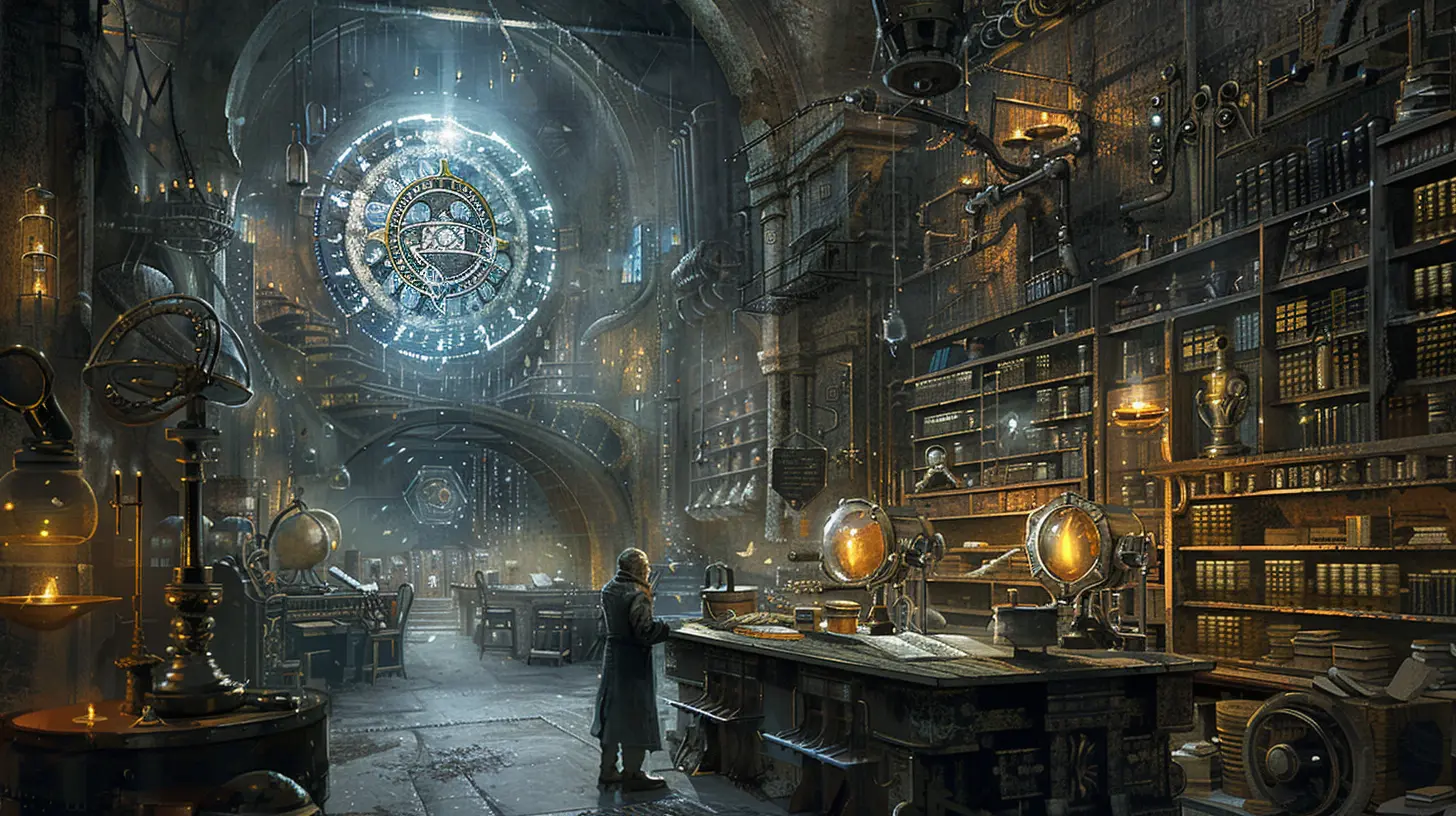
Crafting as a Form of Expression
Let’s not forget the creative side of crafting. Games like Terraria, Valheim, and Animal Crossing let players go wild with creativity. It’s not only about stats and utility—it’s about making something uniquely you.Crafting systems often give players freedom to express themselves with:
- Gear design and color options
- Base or house customization
- Custom mods and tools
This taps into another powerful psychological driver: self-expression. We want our in-game characters and worlds to reflect who we are—or who we want to be. In that sense, crafting becomes a type of identity-building. Pretty deep, huh?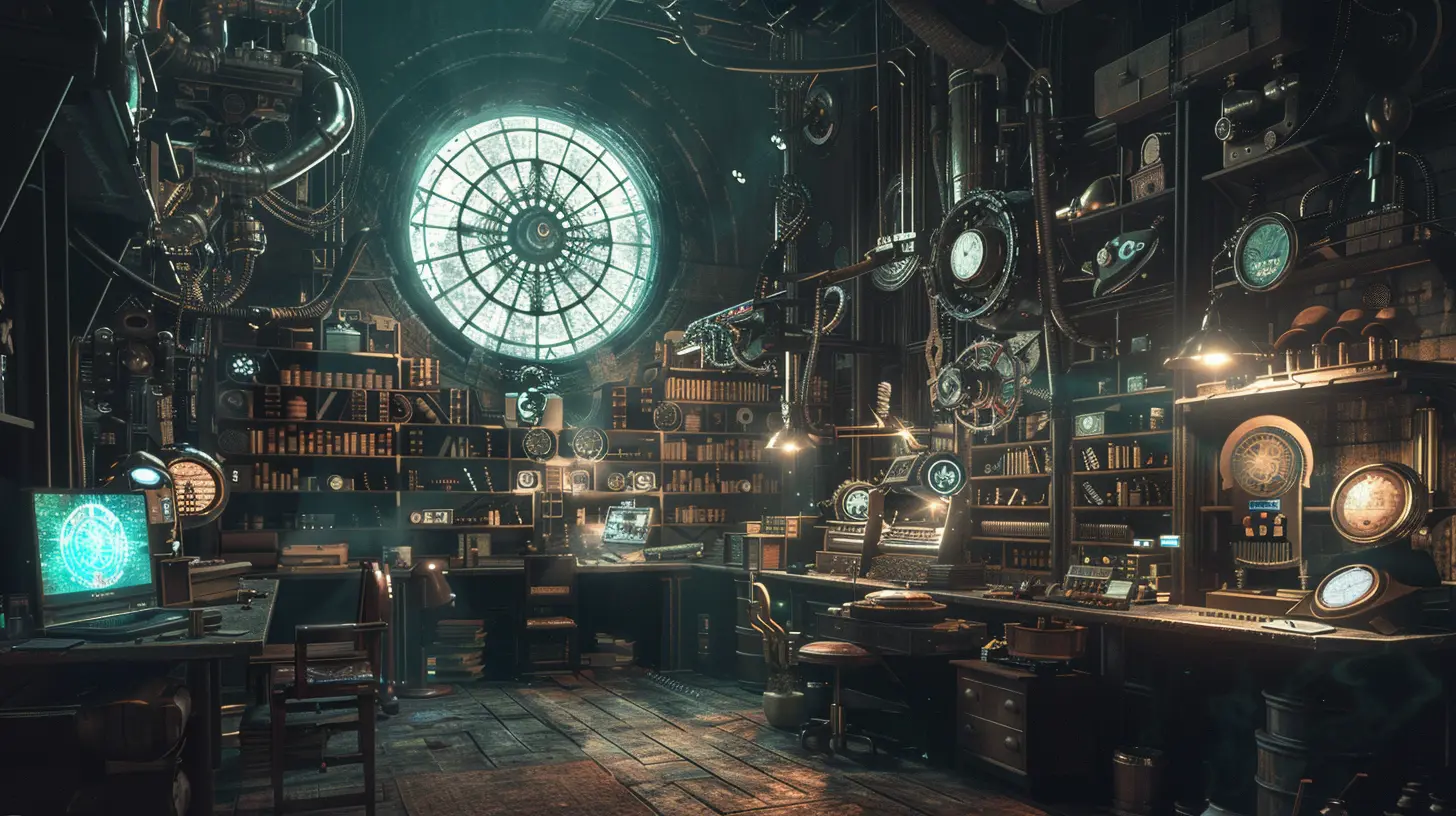
Crafting and the Illusion of Mastery
Here’s a sneaky little truth: Most game crafting systems aren’t insanely complex. Not really. But they feel complex, and that tricks our brains in a clever way.When a game gives us multiple crafting trees, rare ingredients, upgrade paths, and hidden recipes, it creates the illusion of mastery. Even if we’re just following a simple formula, we feel smart for figuring it out.
Games are designed to make us feel clever, powerful, and capable. Crafting delivers this in spades, giving players the satisfying illusion that they’re mastering a complex system—even if it’s just a bunch of trial and error.
The Choice Matters: Agency in Games
Another reason why crafting is brilliant from a psychological standpoint? Agency. That’s the feeling of having meaningful choices that impact the game world.In linear games, decisions are often predetermined. But when you introduce crafting, suddenly, everything changes.
- You get to choose what to craft.
- You decide when and where to use it.
- You customize your tools for your playstyle.
Even small decisions—like crafting healing potions vs. traps—can feel deep and strategic. And when those choices matter? That’s where true engagement happens.
Crafting Systems and Social Interaction
Don’t forget the multiplayer angle. Crafting can strengthen community bonds like few other systems.MMORPGs and survival multiplayer games often create entire economies around crafting. Players trade resources, build together, and specialize in crafting roles. You might be the go-to blacksmith, potion brewer, or architect.
There's a sense of pride when your crafted items help others. Humans are social creatures, and collaboration triggers endorphins. Crafting allows us to support each other, compete on leaderboards, or even create player-run marketplaces.
It turns the whole experience into a shared adventure—and that adds depth you just don’t get with linear gameplay.
The Dark Side: When Crafting Goes Wrong
Okay, let’s be real. Not all crafting systems are winners. Some are grindy, confusing, or just straight-up boring.When crafting becomes a chore—when you’re gathering 100 mushrooms just to make one soup—it messes with the reward loop. Suddenly, it feels like work. And that’s when the psychological magic disappears.
A well-balanced crafting system walks a tightrope: It needs to be rewarding without being exhausting, varied without being overwhelming, and impactful without breaking the game.
When done right? Pure gold.
When done wrong? Pure frustration.
Examples of Great Crafting Systems
Just to highlight some of the best ones out there:- Minecraft: The OG sandbox crafting system. Simple mechanics, infinite creativity.
- The Legend of Zelda: Breath of the Wild: Blends realism with accessibility—cooking actually feels fun.
- Monster Hunter: World: Deep progression and meaningful rewards. You really feel those grind achievements.
- Stardew Valley: Super charming, lets you personalize your farm and tools over time.
- Terraria: Tons of discovery with a massive crafting tree—perfect for players who love experimentation.
All of these games understand player psychology. They use crafting to empower, engage, and reward us. And that’s why they’re so dang addicting.
Final Thoughts: Crafting Isn’t Just a Feature—It’s an Experience
Crafting systems aren’t just there for the stats or loot. They go way deeper than that. They tug at the very core of what makes games engaging: control, creativity, progression, and personalization.From unlocking dopamine to building our own stories, the psychology behind crafting touches everything we love about gaming. So next time you're combining herbs and unicorn tears to make a glitter bomb of justice, remember: you're not just playing—you’re bonding with the experience on a psychological level.
And honestly? That’s pretty awesome.
all images in this post were generated using AI tools
Category:
Item CraftingAuthor:

Tina Fisher
Discussion
rate this article
1 comments
Briar Thornton
What fascinating insights! I'm curious about how crafting systems tap into our psychological needs—do they enhance player engagement or just prolong the grind?
November 8, 2025 at 5:03 AM

Tina Fisher
Thank you! Crafting systems can enhance player engagement by fulfilling psychological needs for mastery and achievement, but they can also lead to grind if not balanced well. It’s all about designing meaningful rewards that keep players invested.
